
The architecture of Miroslav Šik doesn’t need to shout
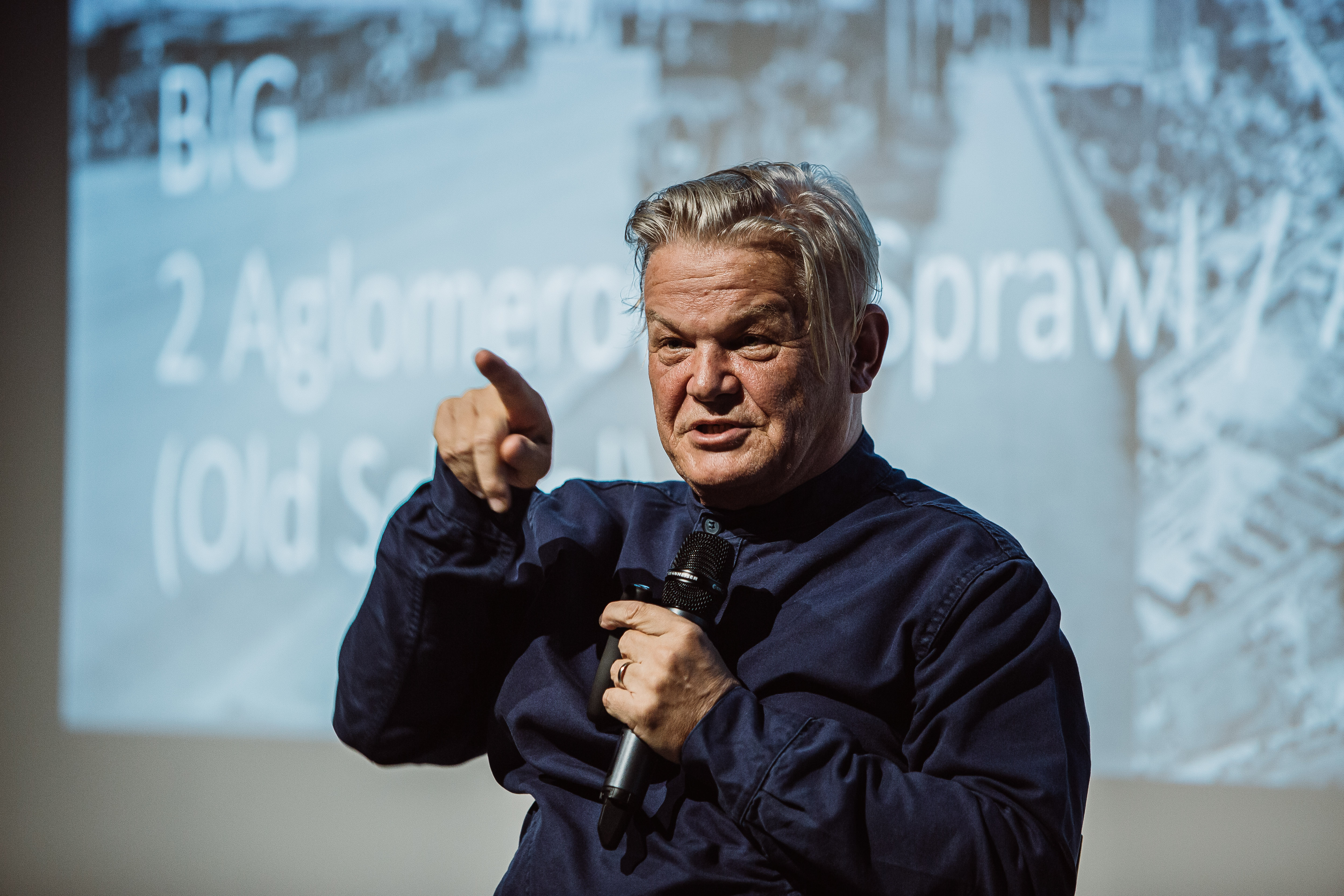
Swiss-Czech architect Miroslav Šik received the 2025 Meret Oppenheim Prize. Unlike the bold, attention-seeking buildings that dominate global discourse, Šik’s architecture favours a quieter sensibility.
Switzerland may be home to some of the world’s most celebrated architects, renowned for their high-profile works across the globe. But within the country, architectural standards are defined by a subtler, quieter approach. Miroslav Šik’s work and teaching legacy provide valuable insight into this perspective.
Šik, 72, is deeply embedded in this Swiss architectural mindset. He shares a sensibility with past laureates of the Meret Oppenheim Prize – one of the most prestigious Swiss art awards – such as Peter Zumthor and Gion A. Caminada, who prioritise context-driven design and integration over spectacle.
Just a short walk from Zurich’s main station, between two contrasting faces of the city – the controversial Europallee commercial complex and the Kaserneareal, a politically charged cultural centre – lies Šik’s architectural practice.
It’s here, in his office, that we meet for an interview prompted by his receipt of the Meret Oppenheim Prize in January. As we settle into a conference room surrounded by traces of works in progress (architectural drawings, material samples, paper stacks, and fragments of scale models), I ask Šik how it feels to receive such an award.
“Once you turn 70, they give you prizes,” he replies jokingly. Switching to a more serious tone, he adds: “Recognition matters. Architecture is a slow art. A project can take five, even ten years. It’s kind to receive a response.”

The context versus the icon
Born in the former Czechoslovakia, Šik arrived in Switzerland as a political refugee in 1968. He studied at the federal technical institute ETH Zurich, where he would later teach until his retirement in 2018.
He rose to prominence in the 1980s, due to his criticism of the modernist and postmodernist movements that dominated the era. Inspired by his professor, the Italian architect Aldo RossiExternal link, Šik developed the concept of analogue architecture: designs that draw on the surrounding built environment. “I work in analogy to what already exists,” he says.
To understand Šik’s approach, it’s important to distinguish between iconic and contextual architecture.
Iconic architecture refers to buildings that make a statement but remain detached from their immediate context. “They create beauty and excitement, yes, but it’s not my way. It’s a global architecture that could be anywhere, like the Guggenheim in Bilbao or the Elbphilharmonie in Hamburg,” he explains.


In contrast, Šik remains committed to the contextual. Analogue architecture and the concepts that followed provide the framework for addressing context at every step of the architectural and urban process.
His concept of Old–New emerged with his first built projects, such as La Longeraie in Morges (western Switzerland), St. Antonius Parish in EggExternal link (canton Zurich), or the Musician’s House in ZurichExternal link. They blend existing structures with new ones and use references that are both banal and historic. “Context keeps changing. That’s why contextual beauty can’t be a fixed style,” he says. “Each project is different.”
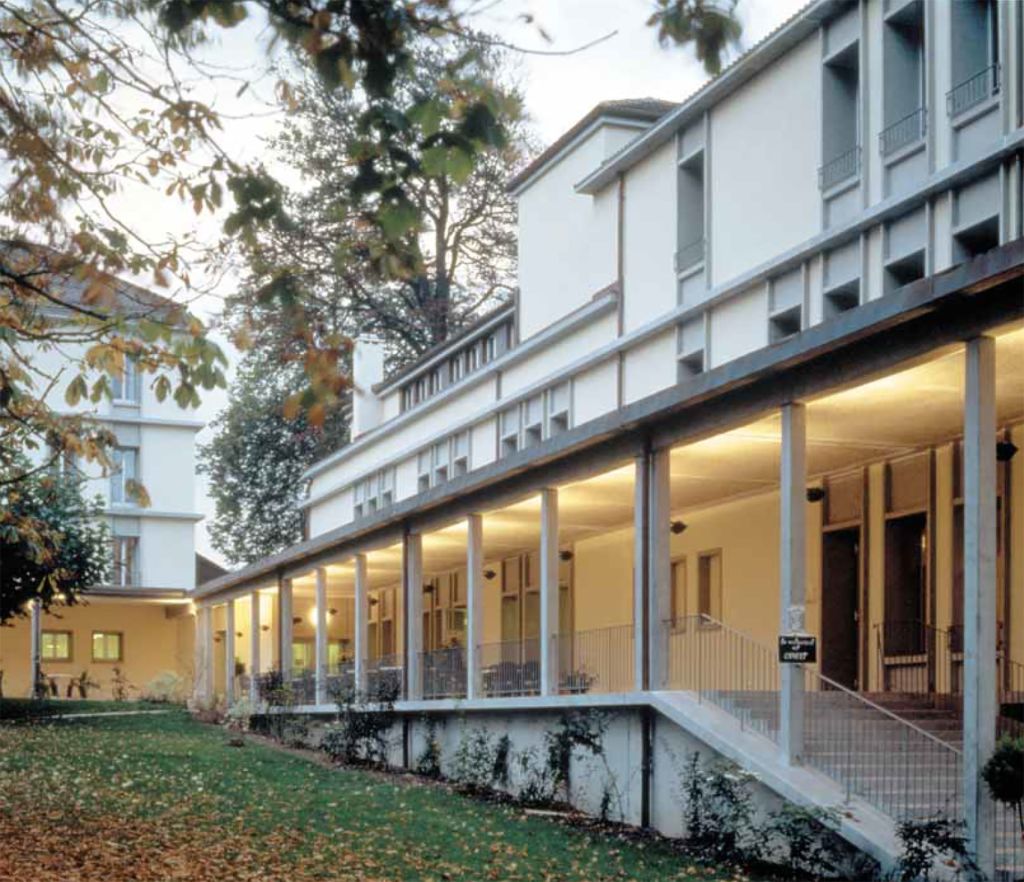
In 2012, Šik curated the Swiss Pavilion at the Venice Biennale with the theme And Now the Ensemble!
“Ensemble in this context means you have to fit into what is already there: the geometry of the façade, the skyline, the silhouette of existing volumes,” he explains. “You don’t have to repeat things in the same way. It’s not harmony. You don’t have to be quiet, but you shouldn’t shout.”
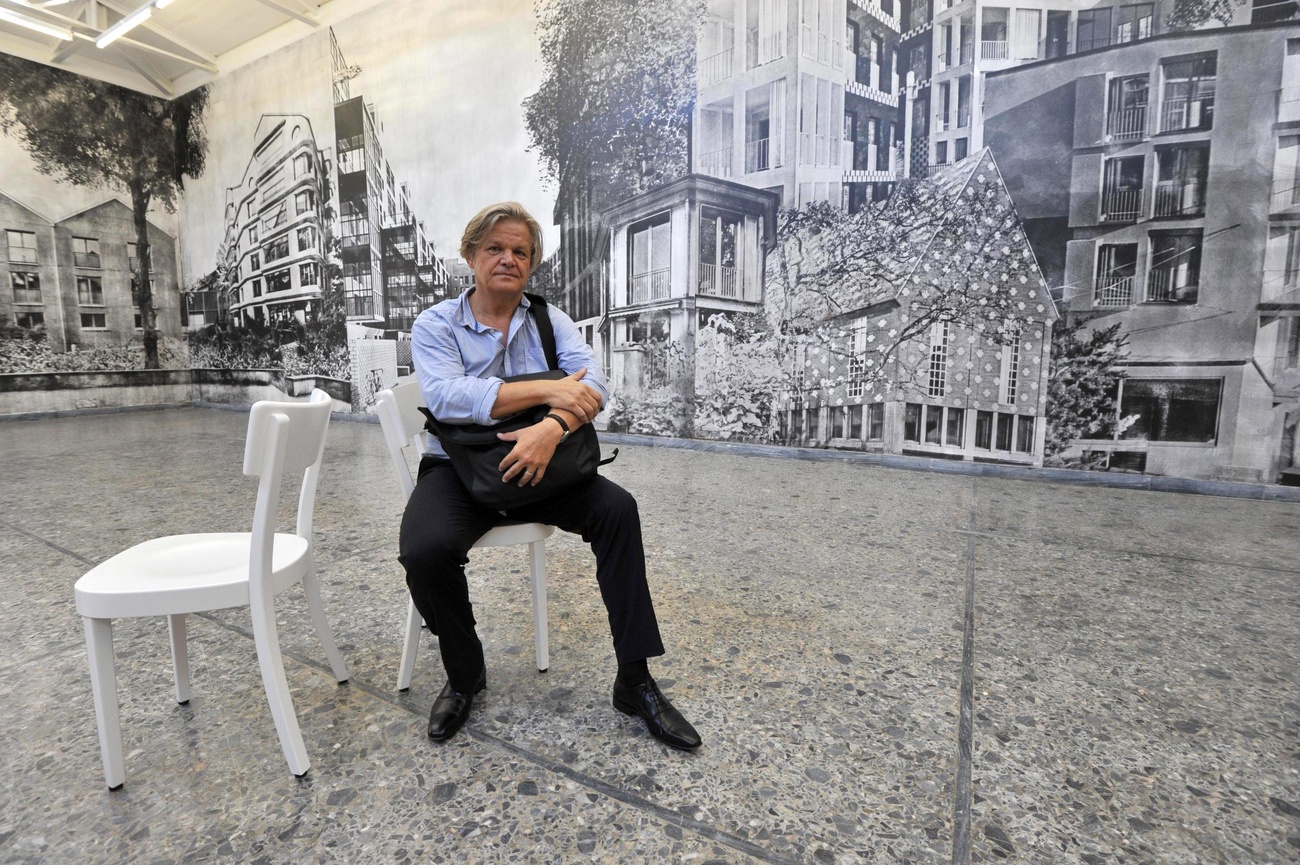
Little big city
Our conversation shifts to the current state of European cities, which is the territory of Šik’s works and thoughts. Since retiring from the ETH Zurich, Šik has been teaching at the Academy of Fine Arts in Prague, dividing his time between his Zurich office and his new academic base in the Czech capital.
“Everyone talks about agglomerations, but in Switzerland we don’t have these,” he says. “At most, we can speak of the outskirts. Unlike sprawling metropolises like Los Angeles – where I once drove for an hour-and-a-half through an endless stretch of houses – Swiss urbanisation stays compact.”
He calls Swiss cities “little big cities”, which he defines as urban areas that grow from a historic core, with clear edges and close ties to nature. “Limits should come from how people live, not from technocratic planning,” he insists.
Šik sees three threats to this model. The first is the “Big City”, shaped by globalised urbanism that expands without restraint.

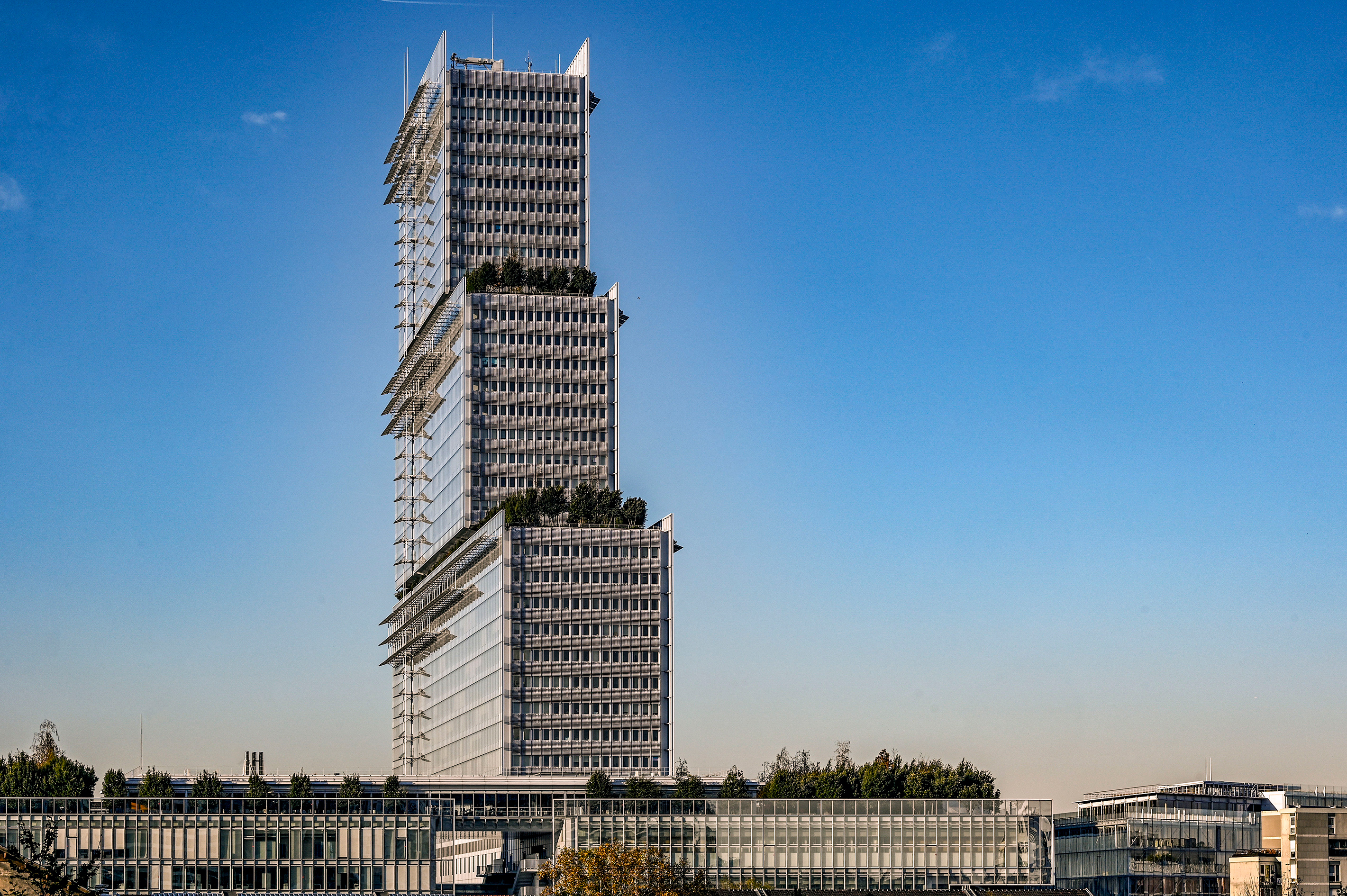
At the other extreme lies what Šik calls the “Correct City”, a form of urban paralysis caused by over-preservation. Strict heritage laws leave entire neighbourhoods frozen in time. “Correct cities are like museums,” he says.
The third threat, according to him, is the “Fun City”, driven by tourism and global mobility, and designed to attract visitors and mobile professionals. “These professionals are 20 to 39 years old, beautiful, sporty, eco-conscious… They travel to Vienna, Prague, Venice, Zurich,” he says. These places become transient, shaped by consumption rather than community.
“You see cities like Venice, Prague, and Krakow flooded with touristsExternal link. They can live anywhere, but they don’t build lasting ties. They come and go, and the city turns into a product.”
Šik reflects on the transformation of Zurich over the years: “Zurich was once a proletarian city. When I arrived in 1968, it was a town producing steel. It was dirty, noisy, with communists and working-class people.” The city has since evolved. “Now, the average Swiss person cannot afford to live in the city, unless it’s in a housing cooperative.”
Between Zurich and Prague
Teaching for Šik began as a pragmatic choice to support his family. “When you’re an architect, it’s always up and down – money, no money. The first time I got my ETH Zurich paycheck, I thought it was a mistake. I even called payroll – they thought I was joking.”
What kept him there, though, for over three decades wasn’t just financial stability: “The ETH let me teach 100 students every year, multiplied by 30 years. They kept me until retirement.” It was the students who made it worthwhile. “They’re good,” he says simply. “They’re well equipped; they have the handicraft. If they don’t know something, they’ll learn it in a semester. They build their knowledge brick by brick.” He also watched the field evolve. “When I started, there were no women. By the end, 52% of the students were women.”
His sharpest critique, however, is aimed at the ETH Zurich’s campus model and, more broadly, the trend of relocating universities to the outskirts and clustering students by discipline. “The idea of a campus is a disaster. No philosophy, no literature, no psychology. You can’t have an architecture school outside of a town,” he says, referring to the architecture department, which is located on the outskirts of the city.

The Academy of Fine Arts in Prague, on the other hand, is embedded in the city’s fabric. But the pleasure of teaching in Prague is not just about geography, but also about pedagogy. “What I experiment over there is art and architecture,” he says: that is, teaching architecture through the lens of art, something he believes would have been unthinkable at the ETH Zurich.
Patience and routine
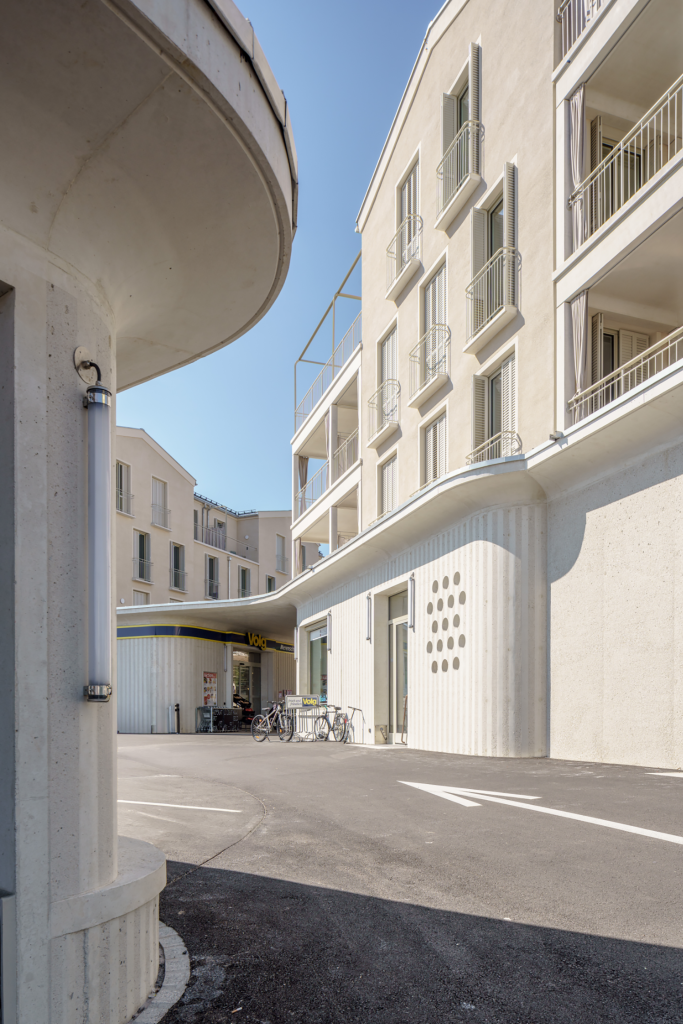
As for his architectural practice, it remains deeply rooted in the contextual. His recently completed project in the small village of MerenschwandExternal link, in northern Switzerland, establishes a new village centre. It incorporates non-geometric volumes and a unifying roofline that anchors the ensemble to the village skyline.
The white façades, a nod to Mediterranean architecture, suggest a shift in Swiss aesthetics. “Tradition will be grey and old if you don’t make it alien,” he says. His goal is to bring a touch of strangeness – a poetic disruption that makes the familiar feel new and keeps it relevant.
These days, Šik finds himself in a different rhythm. “Everything is changing,” he says. Even his tastes have evolved: vegetables he once avoided he now enjoys. Today, he says his strength has given way to endurance and his certainty to a quiet discipline.
But what has not changed is the mindset that architecture has instilled in him: to stay with a process until every part finds its place. “Architecture is a long-term artefact,” he says. “Patience is the only routine I have left.”
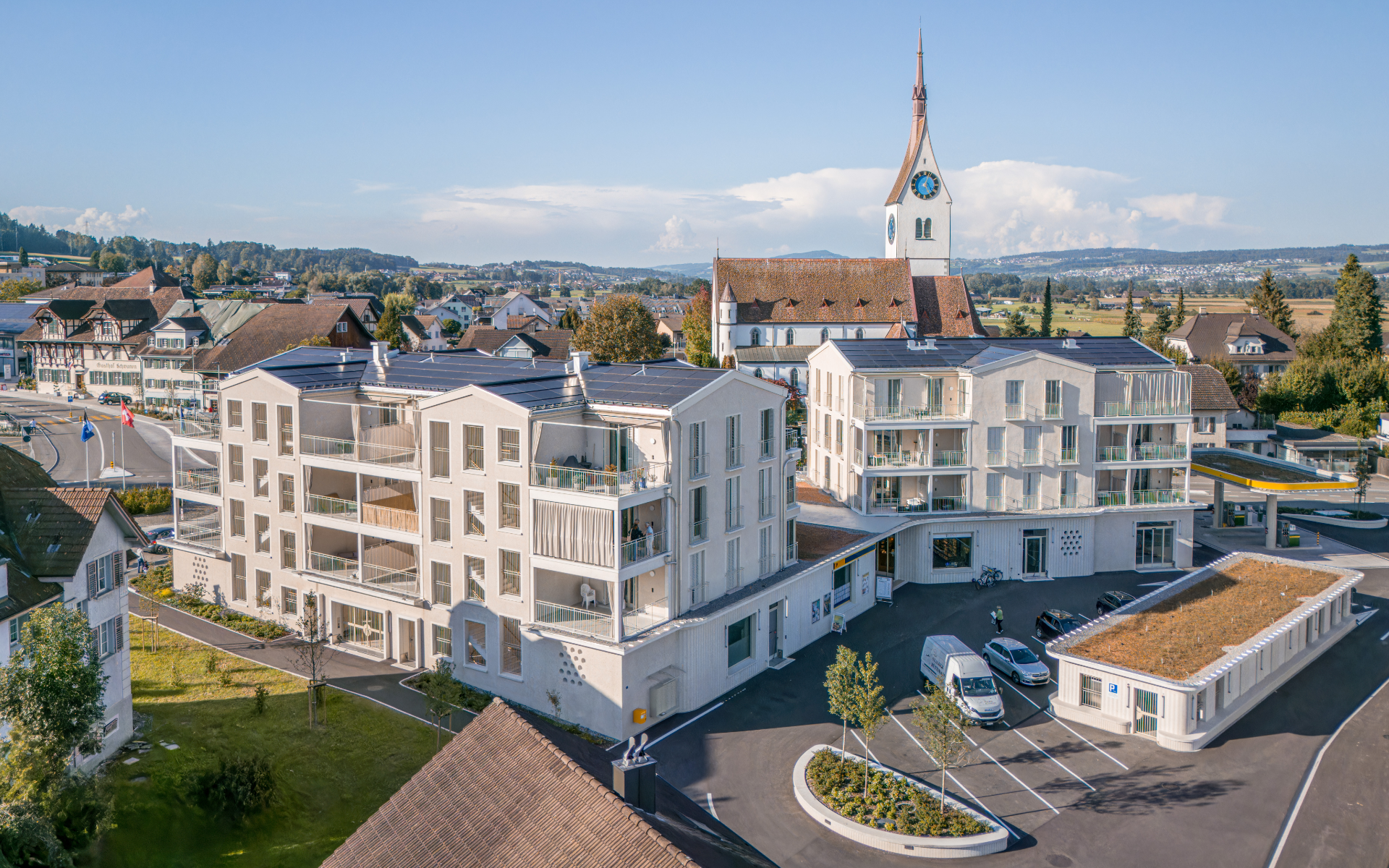
Edited by Virginie Mangin & Eduardo Simantob/gw

In compliance with the JTI standards
More: SWI swissinfo.ch certified by the Journalism Trust Initiative
















![The four-metre-long painting "Sonntag der Bergbauern" [Sunday of the Mountain Farmers, 1923-24/26] had to be removed by a crane from the German Chancellery in Berlin for the exhibition in Bern.](https://www.swissinfo.ch/content/wp-content/uploads/sites/13/2025/12/01_Pressebild_KirchnerxKirchner.jpg?ver=855f1d9f)













You can find an overview of ongoing debates with our journalists here . Please join us!
If you want to start a conversation about a topic raised in this article or want to report factual errors, email us at english@swissinfo.ch.